If you're aiming for a slimmer waistline and reduced belly fat, making simple changes to your daily routine can make a big difference.

Losing belly fat requires hard work, time and commitment - Photo: SciTechDaily
According to Eat This, Not That , losing belly fat requires hard work, time, and commitment. Besides, adjusting your diet and exercising properly can help you burn calories, improve your fitness, and get closer to your fat loss goals.
Consume foods rich in fiber
Adding fiber-rich foods to your diet is essential to help you feel full longer and slow down digestion. This will help prevent cravings and overeating. Soluble fiber, in particular, will help reduce visceral fat by stabilizing blood sugar. Try oatmeal, fruits, and vegetables to increase your fiber intake.
Drinking enough water also helps reduce belly fat
Increasing your daily water intake is important if you want to lose weight and live a healthier life. Drinking enough water helps support your metabolism, curb hunger, and flush out toxins.
Additionally, drinking a glass of water before meals can help you feel fuller, thereby avoiding overeating.
Reduce salt intake
Salty foods like potato chips may taste good, but they're not great for your waistline. So, you should cut back on your salt intake. High sodium intake causes water retention, which can lead to bloating. Cutting back on salt can quickly reduce bloating, making your waistline appear slimmer.
Follow a calorie deficit diet
Following a calorie deficit diet is the most important factor in dieting and losing weight. The basic principle of this diet is that the amount of calories you take in must be less than the amount of calories you burn during the day.
Focus on balanced eating habits
A diet rich in natural foods like lean protein, fruits, vegetables, healthy fats, and whole grains helps regulate blood sugar and provide your body with the nutrients it needs without causing you to gain excess weight.
Eat smaller and more frequent meals
Aim to eat several smaller meals throughout the day. Eating small, frequent meals helps stabilize blood sugar and prevent overeating. This strategy helps you avoid the feeling of heaviness and fullness that large meals often cause.
Low-intensity cardio and strength training
A well-rounded exercise regimen includes both cardio and strength training. Strength training helps build muscle. Low-intensity cardio like walking, cycling, or swimming at a low to moderate intensity also burns calories and aids in fat loss.
Source: https://tuoitre.vn/7-cach-co-the-giam-mo-bung-trong-10-ngay-20241128102934989.htm


![[Photo] Prime Minister Pham Minh Chinh and United Nations Secretary-General Antonio Guterres attend the Press Conference of the Hanoi Convention Signing Ceremony](https://vphoto.vietnam.vn/thumb/1200x675/vietnam/resource/IMAGE/2025/10/25/1761391413866_conguoctt-jpg.webp)
![[Photo] National Assembly Chairman Tran Thanh Man receives United Nations Secretary-General Antonio Guterres](https://vphoto.vietnam.vn/thumb/1200x675/vietnam/resource/IMAGE/2025/10/25/1761390815792_ctqh-jpg.webp)

![[Photo] Prime Minister Pham Minh Chinh attends the opening of the 47th ASEAN Summit](https://vphoto.vietnam.vn/thumb/1200x675/vietnam/resource/IMAGE/2025/10/26/1761452925332_c2a-jpg.webp)


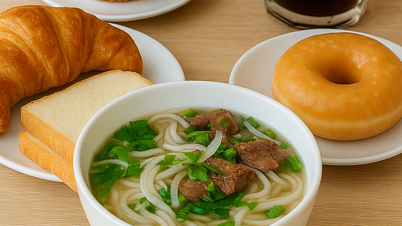


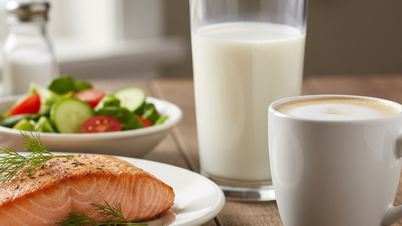

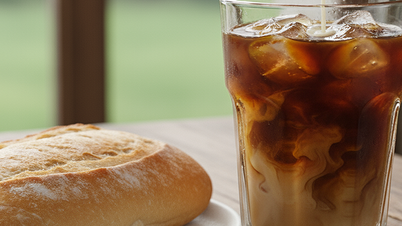
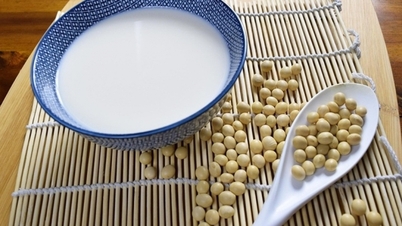





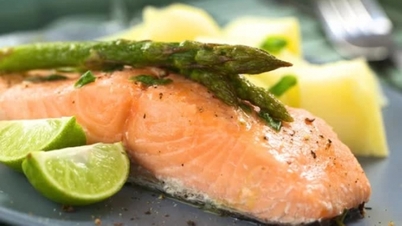










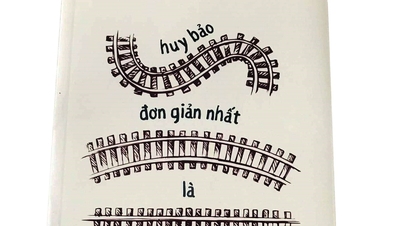


![[Photo] Prime Minister Pham Minh Chinh receives United Nations Secretary-General Antonio Guterres](https://vphoto.vietnam.vn/thumb/1200x675/vietnam/resource/IMAGE/2025/10/25/1761390212729_dsc-1484-jpg.webp)







































































Comment (0)